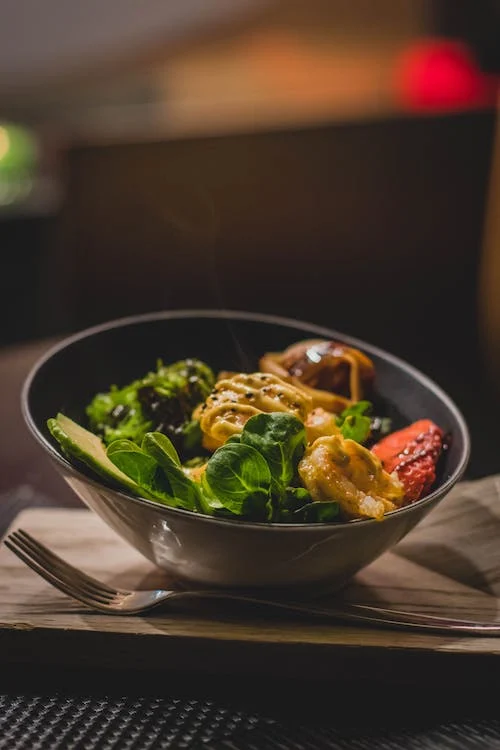Cooking with Healthier Fats: Essential Guide
In the world of culinary arts, fats are an essential ingredient that adds flavor, texture, and richness to dishes. However, not all fats are created equal, and choosing the healthier options can significantly impact your overall well-being. This article aims to provide you with a comprehensive guide to cooking with healthier fats.
Understanding Healthy Fats
When it comes to healthy fats, it is crucial to differentiate between unsaturated and saturated fats. Unsaturated fats, such as monounsaturated and polyunsaturated fats, are considered healthier as they can support heart health and help reduce bad cholesterol levels. On the other hand, saturated fats and trans fats should be limited as they may raise your risk of heart disease.
1. Choosing the Right Oils
One of the easiest ways to incorporate healthier fats into your cooking is by selecting the right oils. Olive oil, avocado oil, and coconut oil are excellent options due to their high content of monounsaturated fats. These oils not only enhance the flavor of your dishes but also offer various health benefits.
Furthermore, it is advisable to avoid oils with high levels of saturated and trans fats, such as palm oil and hydrogenated oils. These fats can contribute to inflammation and other health issues when consumed in excess.
2. Incorporating Nut Butters
Nut butters, such as almond, peanut, or cashew butter, are not only delicious but also provide a dose of heart-healthy monounsaturated fats. They can be used as a spread, added to sauces, or incorporated into baking recipes. Just be sure to choose natural nut butters without added sugars or hydrogenated oils.
3. Opting for Lean Proteins
When cooking with fats, it’s essential to pair them with lean proteins. Fish, poultry, beans, and legumes are excellent sources of lean protein. These choices not only provide essential nutrients but also complement healthier fats, making your meals both flavorful and nutritious.
Healthy Cooking Methods
In addition to choosing healthier fats, the cooking method you use plays a significant role in maintaining the nutritional value of your food. Here are some cooking methods to consider:
1. Baking, Grilling, and Steaming
Baking, grilling, and steaming are excellent methods that require minimal oil. They help retain the natural flavors and nutrients of the ingredients without adding excessive fat. These methods are ideal for vegetables, fish, and poultry.
2. Stir-Frying
Stir-frying is a popular cooking technique that involves cooking ingredients in a small amount of oil over high heat. It promotes quicker cooking, which helps retain the vegetables’ crispness and natural colors while using lesser fat compared to deep-frying.
3. Boiling and Poaching
Boiling and poaching are simple yet effective cooking methods that require no additional fats. They are perfect for preparing soups, stews, and sauces.
Conclusion
Choosing healthier fats for cooking is an essential step towards improving your overall health. By incorporating oils rich in monounsaturated fats, opting for lean proteins, and using healthier cooking methods, you can enjoy delicious meals while taking care of your well-being. Embrace healthier fats in your cooking and savor the benefits!


